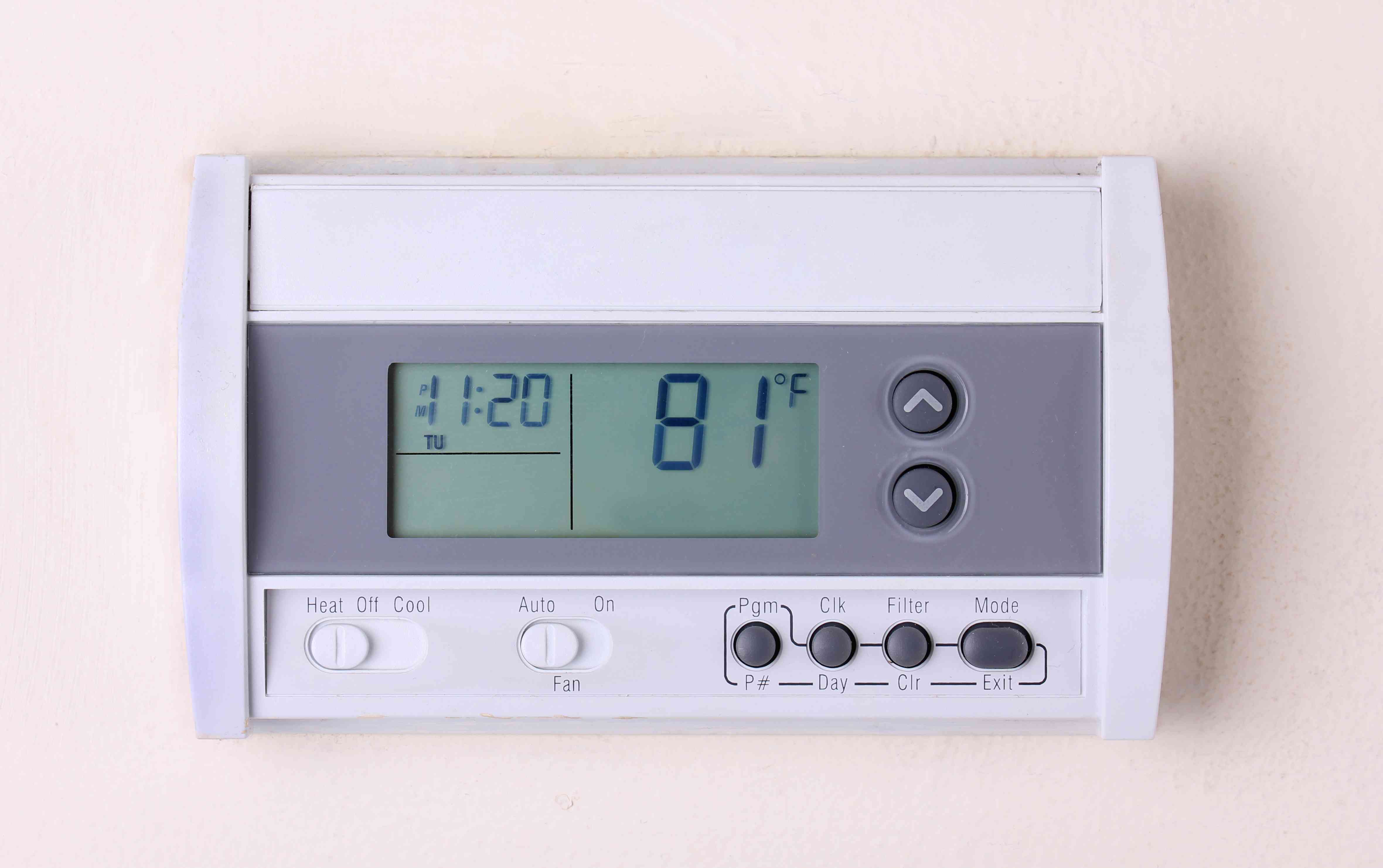

Articles
What Is Emergency Heat On HVAC
Modified: December 7, 2023
Learn about emergency heat on HVAC systems in this informative article. Understand what it is, how it works, and when to use it.
(Many of the links in this article redirect to a specific reviewed product. Your purchase of these products through affiliate links helps to generate commission for Storables.com, at no extra cost. Learn more)
Introduction
When it comes to keeping our homes comfortable, our HVAC (Heating, Ventilation, and Air Conditioning) systems play a vital role. These systems help regulate the temperature, ensuring that we stay warm during the winter and cool during the summer. However, there may be situations when our standard heating system is unable to keep up with the demand, or there are unexpected issues that disrupt its operation. This is where emergency heat comes into play.
Emergency heat, also known as supplemental heat or auxiliary heat, is an alternative heating source that can be activated when the primary heating system is unable to meet the desired temperature or fails altogether. It is designed to provide a temporary solution during emergency situations, ensuring that your home remains comfortable until the primary system can be repaired or replaced.
In this article, we will delve deeper into understanding emergency heat, how it works, when to use it, and the pros and cons associated with its use. We will also provide some tips for using emergency heat efficiently and troubleshooting common issues that may arise.
Key Takeaways:
- Emergency heat is a reliable backup option for extreme weather or system malfunctions, but should be used sparingly due to high energy consumption and slower heating process compared to the primary system.
- Efficient use of emergency heat involves monitoring thermostat settings, insulating the home, and addressing common issues promptly. It’s a valuable temporary solution, but the primary heating system should always be the focus.
Understanding HVAC Systems
Before we dive into the specifics of emergency heat, it’s important to have a basic understanding of how HVAC systems function. HVAC systems are responsible for maintaining a comfortable indoor climate by regulating temperature, humidity, and air quality. They are composed of various components, including the thermostat, furnace or heat pump, air conditioner, ductwork, and vents.
The thermostat acts as the control center of the HVAC system, allowing you to set the desired temperature. When the temperature drops below the set point, the heating system kicks in to warm the air. This can be done through either a furnace or a heat pump.
A furnace uses fuel, such as natural gas, oil, or propane, to generate heat. It distributes warm air through the ductwork and vents to heat the house. On the other hand, a heat pump extracts heat from the air or ground outside and transfers it indoors. It can also reverse the process to provide cooling during hot weather.
In normal operation, the primary heating system, whether it’s a furnace or a heat pump, is sufficient to heat your home. However, there are situations when the primary system may struggle to meet the heating demands. This could be due to extremely cold weather, a malfunctioning component, or a power outage. In such cases, emergency heat can be activated as a backup option.
Emergency heat is typically built into the HVAC system and can be accessed through the thermostat. It is designed to provide heat independent of the primary heating system, ensuring that your home remains warm even when the primary system is unable to function properly.
Now that we have a basic understanding of HVAC systems, let’s explore what emergency heat is and how it operates.
What is Emergency Heat?
Emergency heat, also referred to as supplemental heat or auxiliary heat, is a secondary heating source that is available in HVAC systems. It is designed to support the primary heating system during extreme weather conditions, equipment malfunctions, or power outages. When activated, emergency heat provides an alternative source of heat to keep your home warm.
Emergency heat is typically used when the primary heating system is unable to meet the heating demands of the house. This can occur when the temperature outside drops below a certain threshold, causing the primary heat pump to struggle in extracting enough heat from the air. It can also be used if the primary furnace is experiencing issues or if there is a power outage that renders the primary heating system inoperable.
When the emergency heat option is activated, the system bypasses the primary heating source and directly engages the secondary heat source. This secondary source is often an electric heating element or strip heaters located in the air handler or furnace of the HVAC system. These electrical components produce heat when electric current passes through them, allowing them to generate warmth for your home.
It is important to note that emergency heat should not be used as a primary heat source because it consumes a significant amount of electricity. Using it as the main heat source for an extended period can result in high utility bills. Therefore, it is best to rely on emergency heat only when necessary and until the primary heating system can be repaired or replaced.
Now that we understand what emergency heat is and how it functions, let’s explore how it operates in more detail.
How Does Emergency Heat Work?
Emergency heat operates as a backup heating system when the primary heating system is unable to meet the heating demands of your home. It functions by bypassing the primary heat pump or furnace and directly activating the secondary heat source, which is typically electric strip heaters or a heating element.
When emergency heat is turned on, usually through the thermostat, the system shuts off the primary heating system and activates the electric heating element. This element is located in the air handler or furnace and generates heat when an electric current passes through it. The heat produced is then distributed through the air ducts and vents, providing warmth to your living spaces.
Unlike the primary heating system, which relies on extracting heat from the air or ground, emergency heat utilizes electricity to generate warmth. This direct electrical heating method is less efficient and more expensive to operate compared to the primary heating system. Therefore, it is recommended to use emergency heat only as a temporary solution until the primary system can be restored.
It’s important to note that emergency heat may take longer to reach the desired temperature compared to the primary heating system. This is because the electric heating element requires time to heat up and produce warm air. As a result, you may experience a delay in achieving the desired comfort level in your home when emergency heat is activated.
In addition, using emergency heat for an extended period can significantly increase your energy consumption and utility bills. Therefore, it is essential to ensure that the primary heating system is in good working order and properly maintained to minimize the need for emergency heat activation.
Now that we understand how emergency heat works, it’s time to explore when it is appropriate to use it.
When to Use Emergency Heat?
Emergency heat should only be used in specific situations when the primary heating system is unable to effectively heat your home. Here are some scenarios when it may be appropriate to use emergency heat:
- Extreme Cold Weather: If you live in an area with extremely cold temperatures and your heat pump is struggling to extract enough heat from the air, activating the emergency heat option can provide additional warmth to your home.
- Primary Heating System Malfunction: If your furnace or heat pump is experiencing issues and requires repairs, using emergency heat can ensure that your home remains comfortable until the necessary repairs can be made.
- Power Outages: During power outages, when your primary heating system relies on electricity to function, emergency heat can be activated to provide heat independent of the electrical grid.
- Equipment Shutdown: If your primary heating system shuts down unexpectedly, emergency heat can act as a temporary solution until the primary system can be restored to normal operation.
However, it’s important to note that emergency heat should not be used as a long-term or permanent heating solution. This is because emergency heat consumes a significant amount of electricity, resulting in higher energy costs. It is best to use emergency heat sparingly and only in situations where it is absolutely necessary.
It is also worth mentioning that it’s essential to address the underlying issues with your primary heating system as soon as possible. Letting it run solely on emergency heat for an extended period can lead to increased wear and tear on the system and may cause further damage.
Now that we understand when emergency heat should be used, let’s explore the pros and cons associated with its use.
Emergency heat on HVAC systems is a backup heat source used when the primary heat pump is not working efficiently in very cold weather. It’s usually more expensive to run, so only use it when necessary.
Read more: What Is Heat Exchanger In HVAC
Pros and Cons of Emergency Heat
While emergency heat can be a useful backup option in certain situations, it’s important to weigh the pros and cons before relying on it for an extended period. Let’s explore the advantages and disadvantages of using emergency heat:
Pros:
- Reliable Heat Source: Emergency heat provides a reliable source of heat when your primary heating system is unable to function, whether due to extreme weather conditions, equipment malfunctions, or power outages.
- Quick Solution: Activating emergency heat is a quick and easy solution to ensure that your home remains warm and comfortable until you can address the issues with your primary heating system.
- Independent of Fuel Source: Unlike some other backup heating options like a generator-powered system, emergency heat relies on electricity and does not require access to fuel like gas or propane. This makes it convenient and accessible in emergency situations.
Cons:
- High Energy Consumption: Emergency heat consumes a significant amount of electricity to generate heat, which can result in higher energy bills if used as a primary heat source for an extended period.
- Lower Efficiency: Electric strip heaters or heating elements used in emergency heat are less energy-efficient compared to primary heating systems. Heating with electricity is typically more expensive than other fuel sources like gas or oil.
- Slower Heating Process: Emergency heat may take longer to reach the desired temperature compared to the primary heating system. This is because the electric heating element needs time to heat up and produce warm air, resulting in slower heating times.
It’s important to consider these pros and cons when deciding to rely on emergency heat. While it provides a reliable solution in emergency situations, it should be used sparingly and as a temporary measure until you can address the underlying issues with your primary heating system.
Now that we have explored the pros and cons of using emergency heat, let’s move on to some tips for using it efficiently.
Tips for Using Emergency Heat Efficiently
Using emergency heat efficiently can help minimize energy consumption and maximize its effectiveness in keeping your home warm. Here are some helpful tips for using emergency heat efficiently:
- Activate Emergency Heat Only When Needed: Use emergency heat only in situations where it is necessary, such as during extreme weather conditions, primary heating system malfunctions, or power outages. Avoid using it as a primary heat source for an extended period to prevent excessive energy consumption.
- Monitor Thermostat Settings: Keep an eye on the thermostat and adjust the temperature settings conservatively. Setting the temperature lower when using emergency heat can help reduce energy usage and prevent overheating.
- Insulate Your Home: Proper insulation plays a crucial role in retaining heat and reducing the workload on your heating system. Ensure that your home is well-insulated, with proper sealing around doors, windows, and ductwork, to prevent heat loss and improve energy efficiency.
- Seal Air Leaks: Identify and seal any air leaks in your home. Drafty windows, doors, and gaps around pipes and wires can lead to heat loss and compromise the efficiency of your heating system, including emergency heat. Use weatherstripping, caulk, or insulation to seal these areas.
- Maintain Regular HVAC System Maintenance: Regular maintenance of your HVAC system, including both the primary heating system and the emergency heat components, can improve efficiency and reduce the chances of breakdowns. Schedule annual inspections and cleanings to keep the system running smoothly.
- Consider Energy-Saving Features: If you’re in the market for a new HVAC system or thermostat, consider models with energy-saving features. Look for programmable thermostats that allow you to set schedules and adjust temperatures automatically to optimize energy usage.
- Use Zoning Techniques: If your home has multiple zones or rooms with independent temperature control, take advantage of zoning techniques. This allows you to heat specific areas only when needed, reducing the reliance on emergency heat for the entire house.
By implementing these tips, you can use emergency heat more efficiently, minimize energy consumption, and optimize the comfort of your home. Remember that emergency heat should be utilized as a temporary solution until the primary heating system is restored, so it’s crucial to address any issues with the primary system as soon as possible.
Now, let’s move on to troubleshooting common issues that may arise when using emergency heat.
Troubleshooting Common Issues with Emergency Heat
While emergency heat can provide a reliable backup heating option, it is not immune to occasional issues. Here are some common problems you may encounter when using emergency heat and how to troubleshoot them:
- No Heat: If you activate emergency heat and notice no warm air coming from the vents, the issue could be with the heating element or electrical components. Check the power supply to ensure it is connected properly. If the issue persists, it may require professional assistance.
- Inadequate Heat: If emergency heat is generating heat but it feels insufficient to warm your home adequately, check the temperature settings on the thermostat. Adjust them accordingly to ensure that the temperature is set at a comfortable level.
- Tripped Circuit Breaker: If the emergency heat causes a tripped circuit breaker, it can result in a loss of power. Check the electrical panel and reset the tripped circuit breaker if necessary. If the breaker continues to trip, it may indicate an electrical issue that requires professional attention.
- Persistent Use of Emergency Heat: If you find yourself relying on emergency heat for an extended period, it’s important to evaluate the condition of your primary heating system. Schedule a professional inspection to identify any underlying issues and address them promptly to minimize the need for emergency heat reliance.
- Inefficient Heating: If your home is still experiencing cold spots or inconsistent heating while using emergency heat, check for any potential air leaks or poor insulation. Sealing air leaks and improving insulation can help enhance the efficiency of emergency heat and your overall heating system.
If you encounter persistent issues with your emergency heat or your HVAC system in general, it is recommended to consult with a professional HVAC technician. They will be able to diagnose and address any problems effectively.
Remember, emergency heat should only be used temporarily, and it’s crucial to resolve any issues with your primary heating system as soon as possible.
Now, let’s conclude our discussion on emergency heat.
Conclusion
Emergency heat serves as a valuable backup option when your primary heating system is unable to meet the heating demands of your home. It provides a reliable source of heat during extreme weather conditions, equipment malfunctions, or power outages, ensuring your comfort and well-being.
Understanding how emergency heat works and when to use it is essential to effectively utilize this feature. It is important to activate emergency heat only when necessary and avoid relying on it as a primary heating source for an extended period due to its high energy consumption and lower efficiency compared to the primary heating system.
By following tips for using emergency heat efficiently, such as monitoring thermostat settings, insulating your home, sealing air leaks, and maintaining regular HVAC system maintenance, you can optimize energy usage and maximize the effectiveness of emergency heat.
Furthermore, being aware of common issues with emergency heat and troubleshooting them promptly can help prevent any disruptions in your heating system. If persistent issues arise, it is recommended to consult with a professional HVAC technician for proper diagnosis and repair.
In conclusion, emergency heat is a valuable tool in maintaining a comfortable home environment during unexpected circumstances. However, it should be used sparingly and as a temporary measure until the primary heating system can be restored. By understanding how emergency heat functions and implementing proper usage and maintenance practices, you can ensure the efficient and effective operation of your HVAC system.
Remember, your primary heating system should always be the primary focus, and addressing any issues with it should be a top priority to maintain a reliable and energy-efficient heating solution for your home.
Frequently Asked Questions about What Is Emergency Heat On HVAC
Was this page helpful?
At Storables.com, we guarantee accurate and reliable information. Our content, validated by Expert Board Contributors, is crafted following stringent Editorial Policies. We're committed to providing you with well-researched, expert-backed insights for all your informational needs.
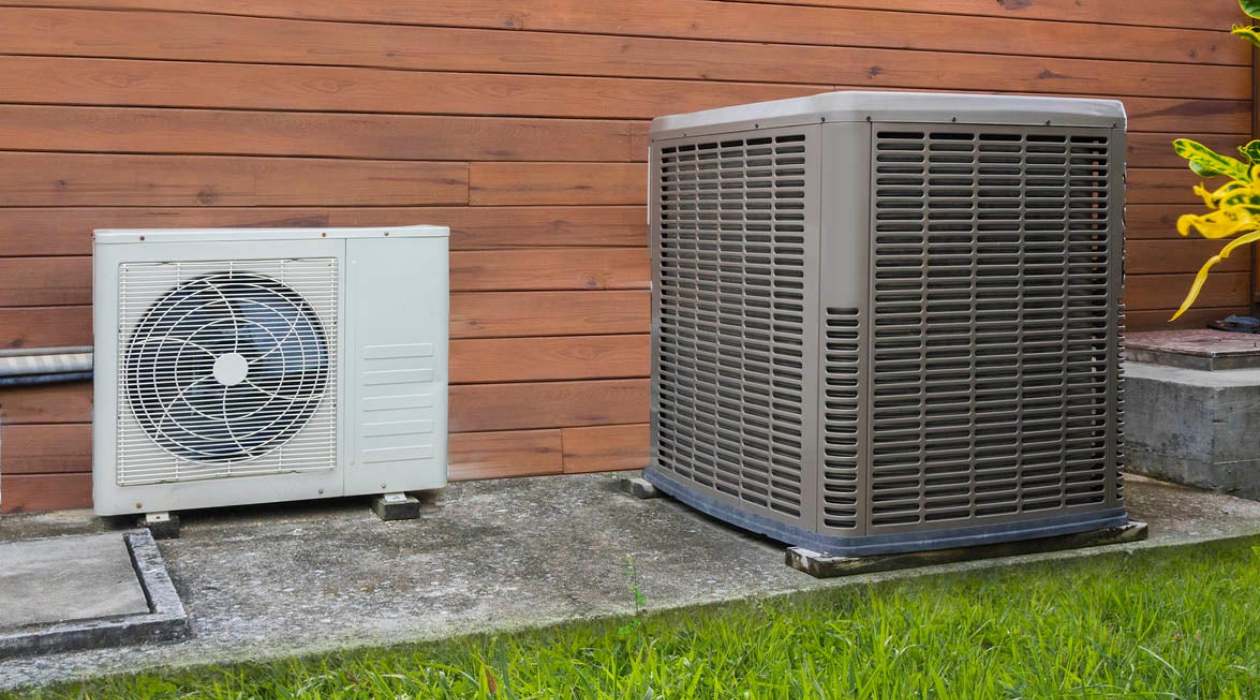
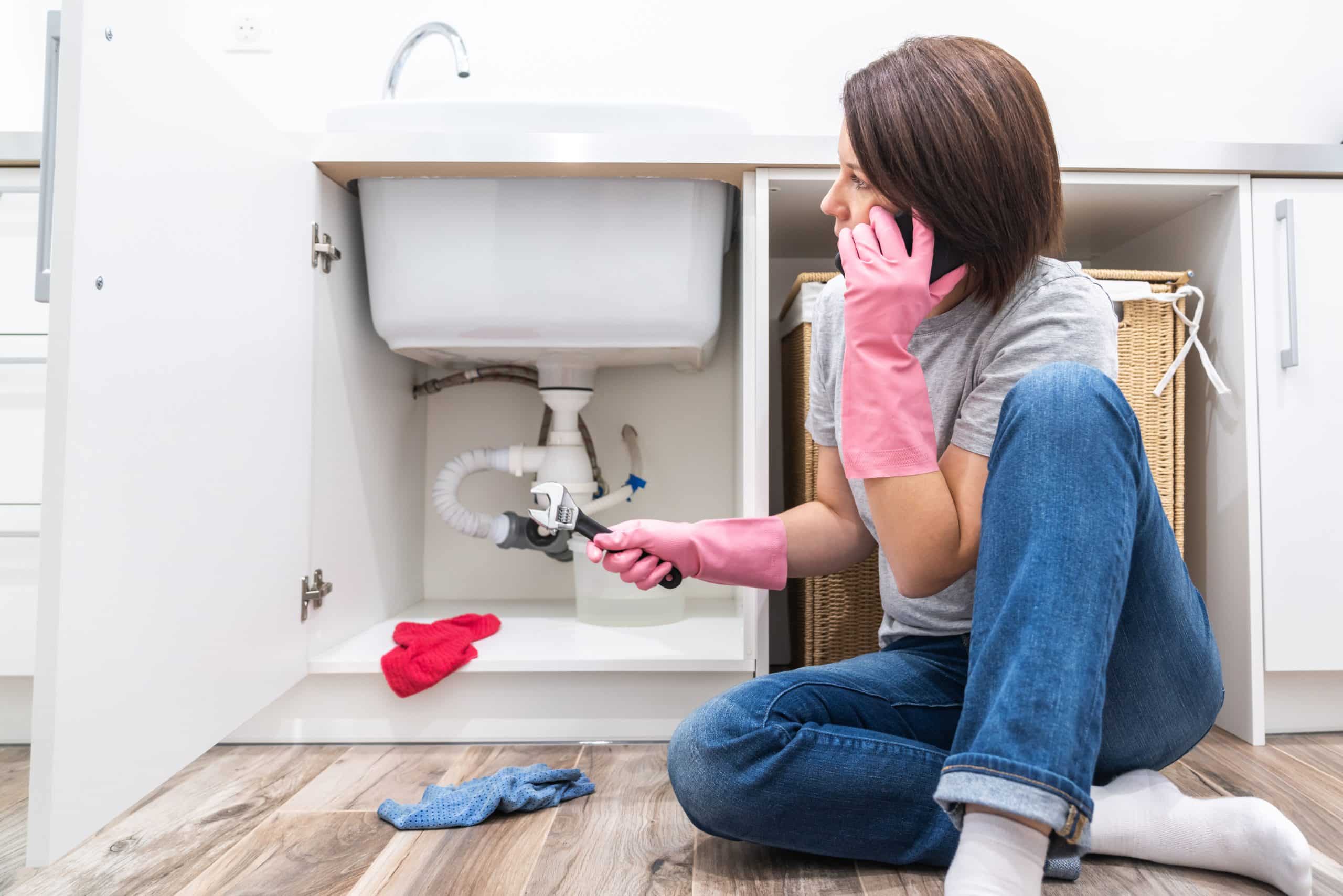
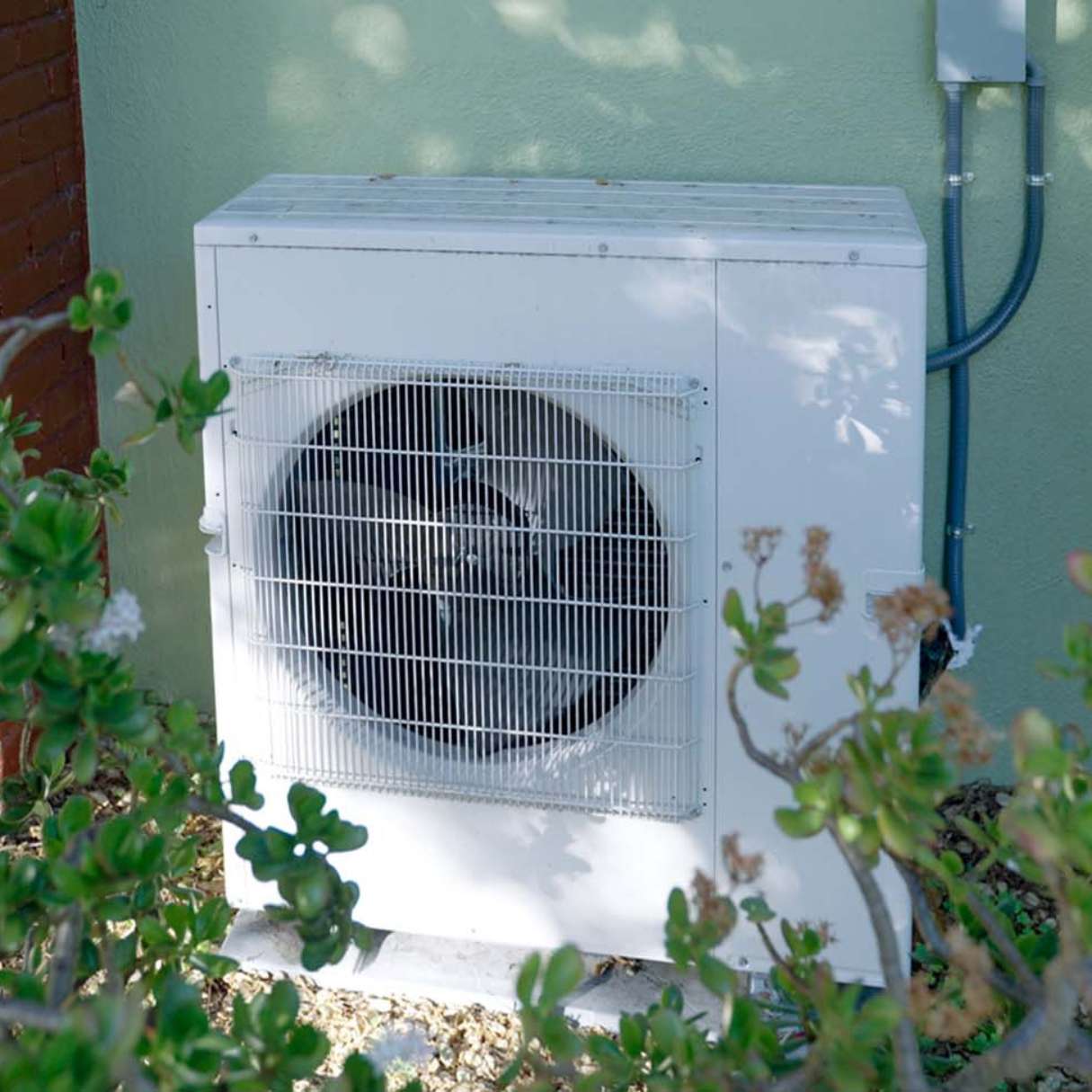
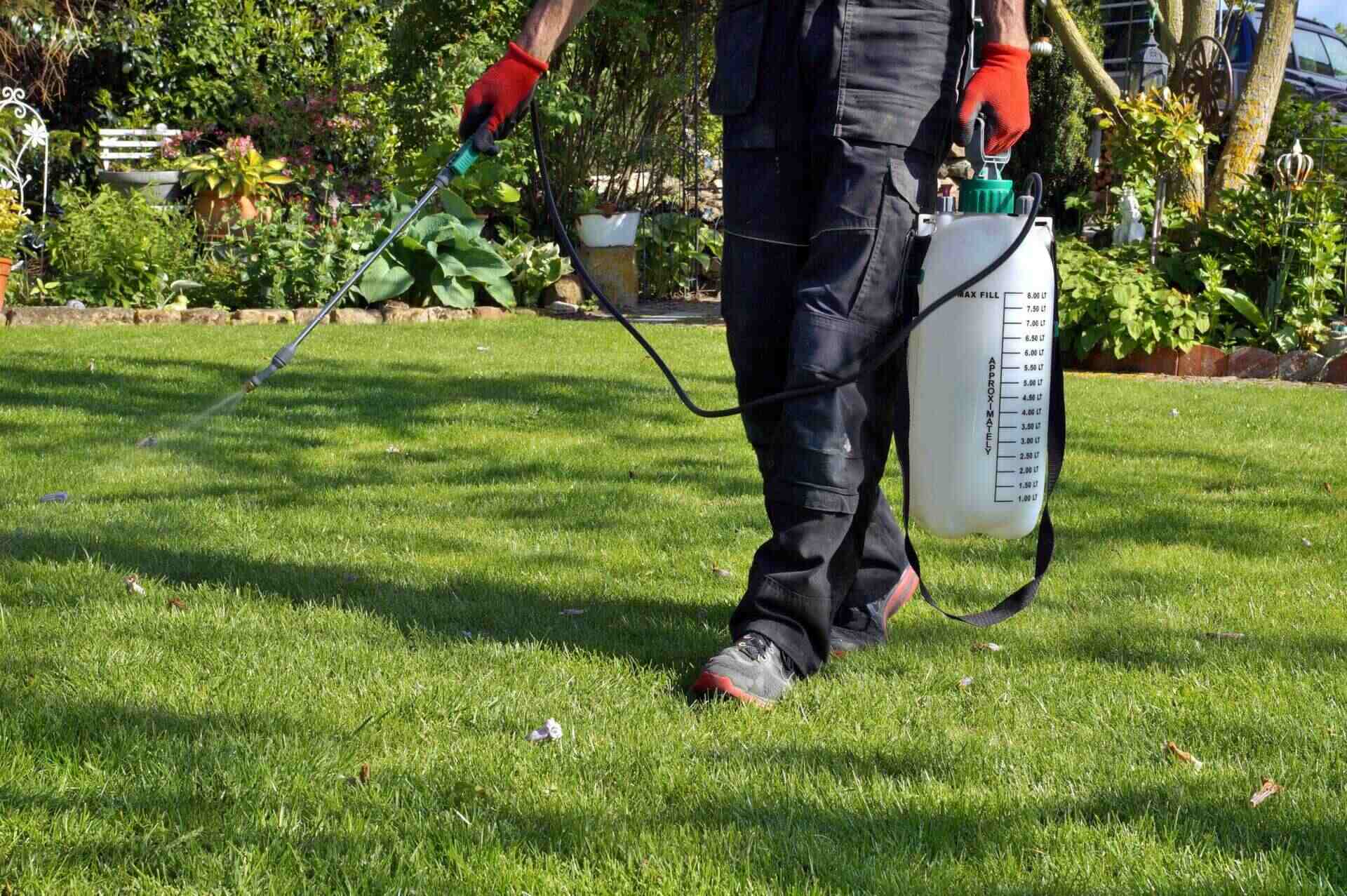
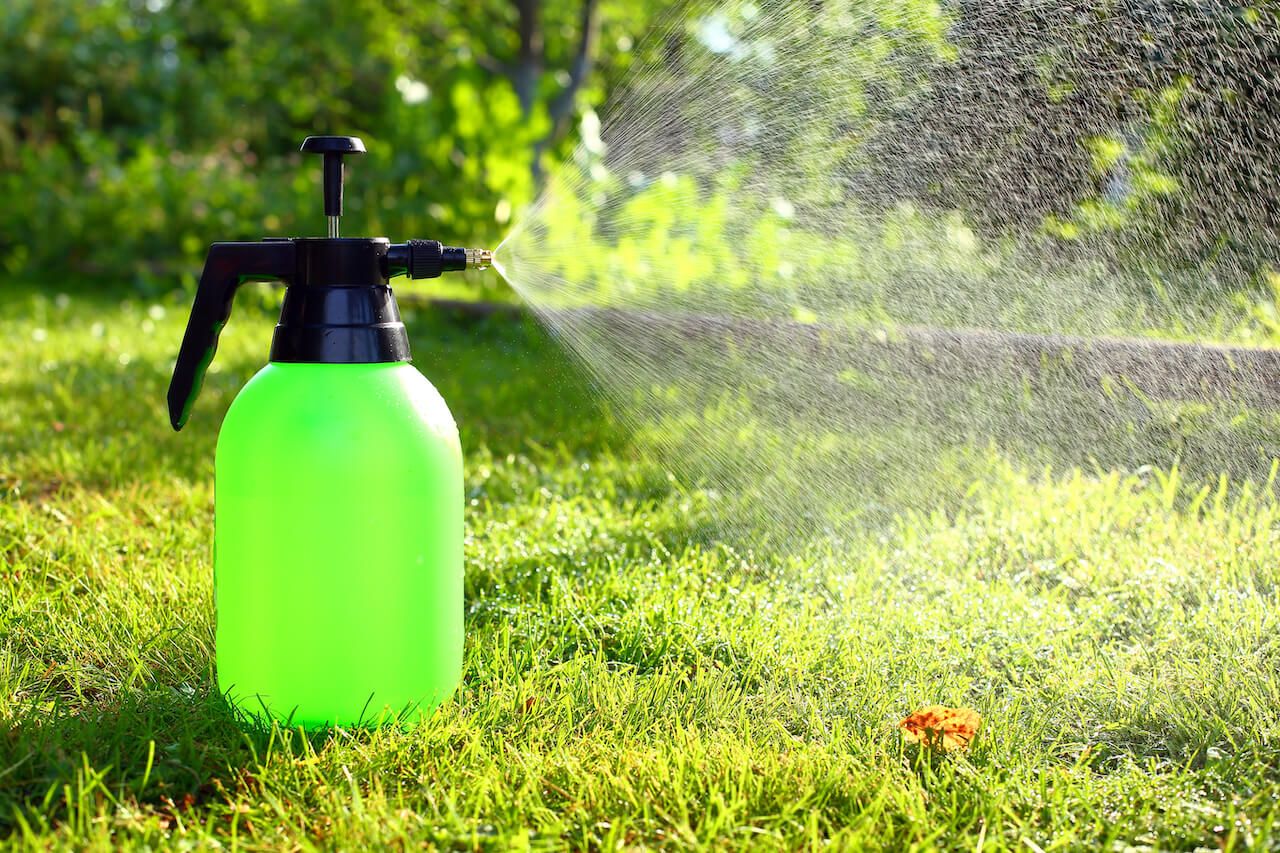
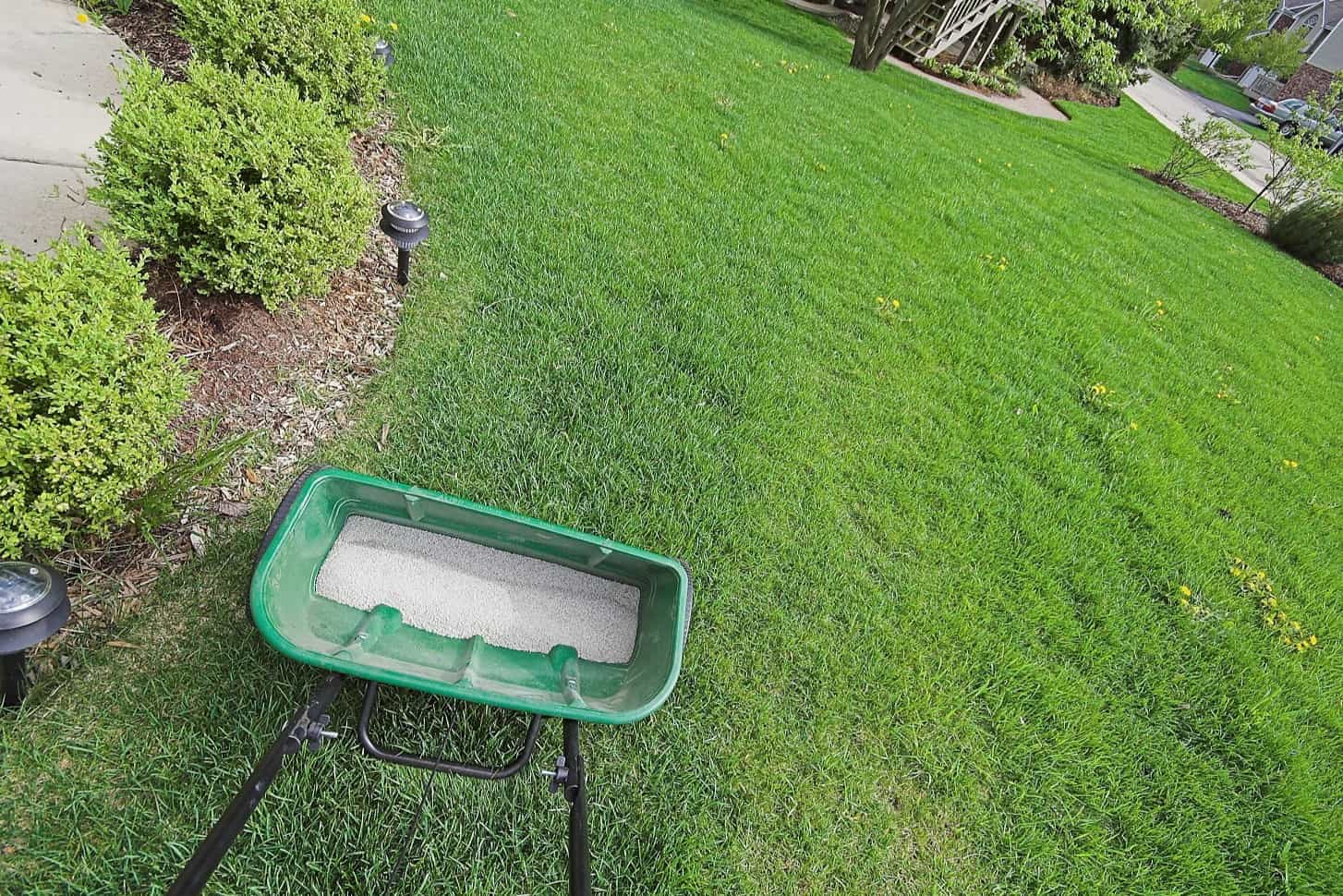

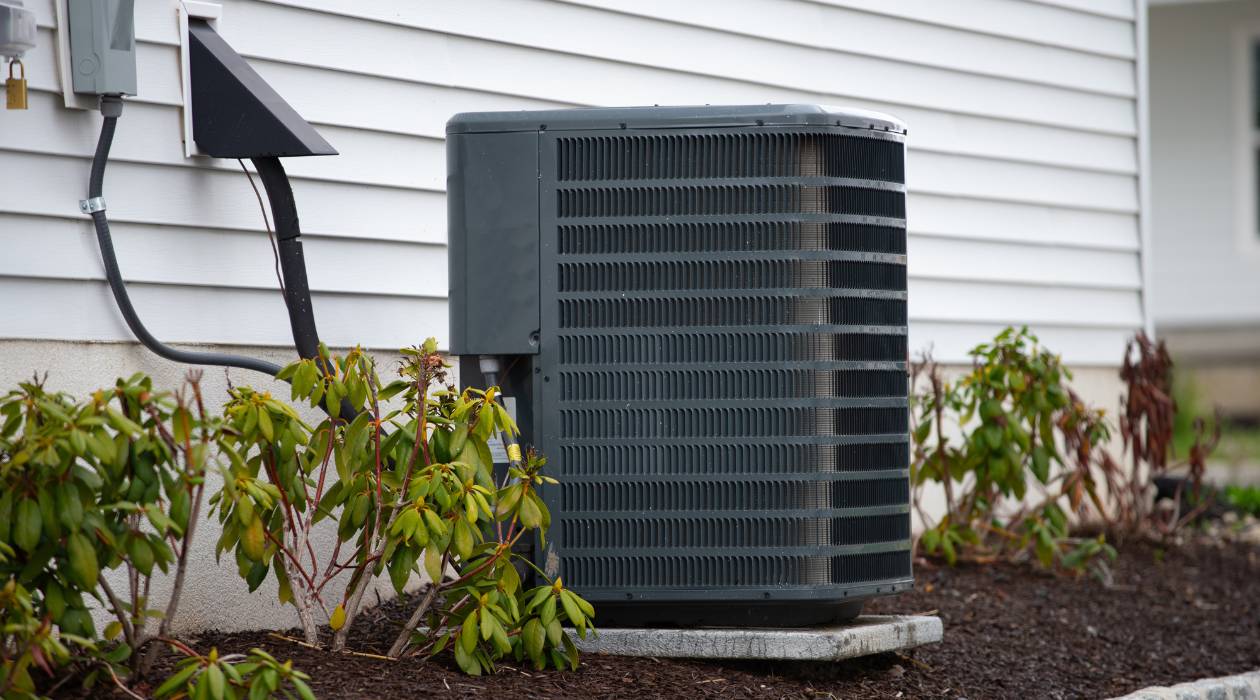
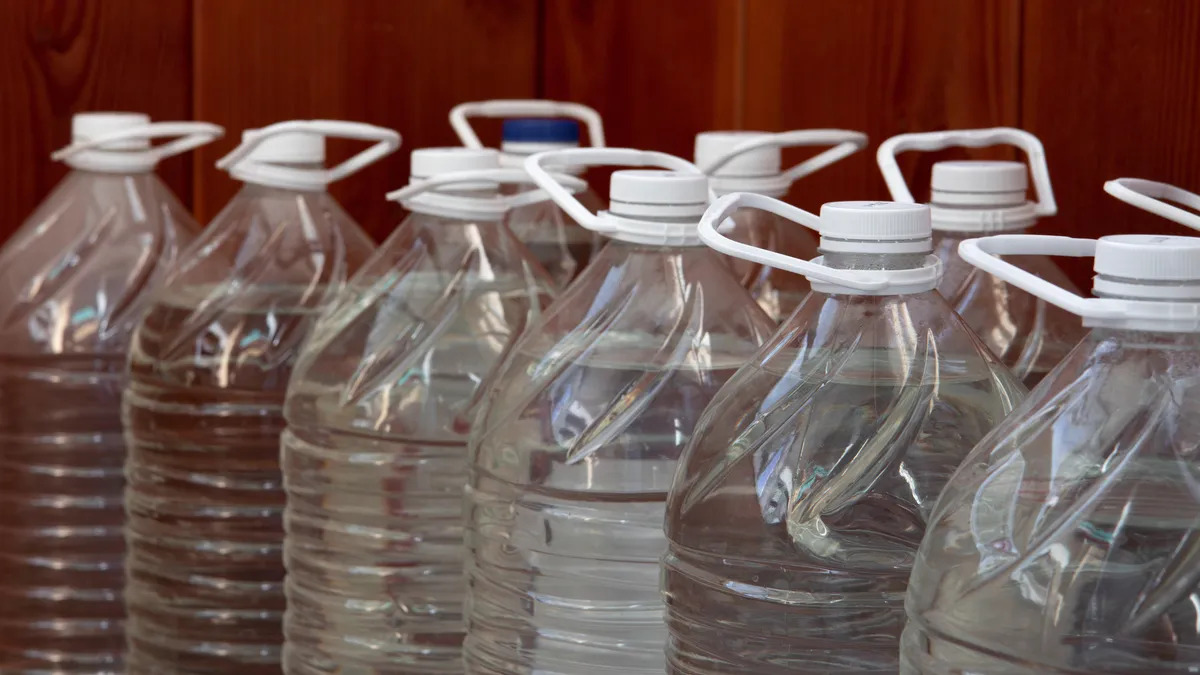
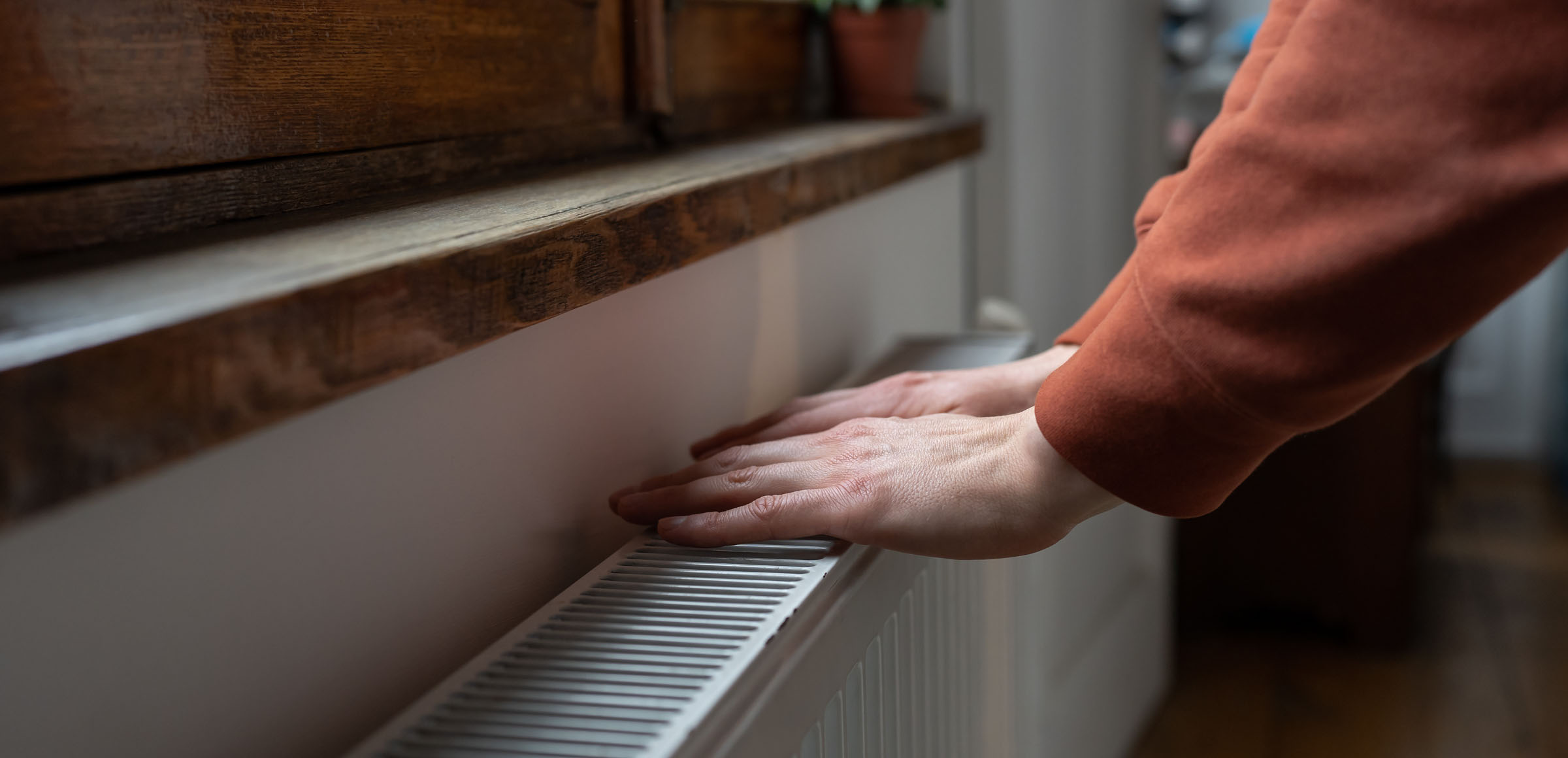
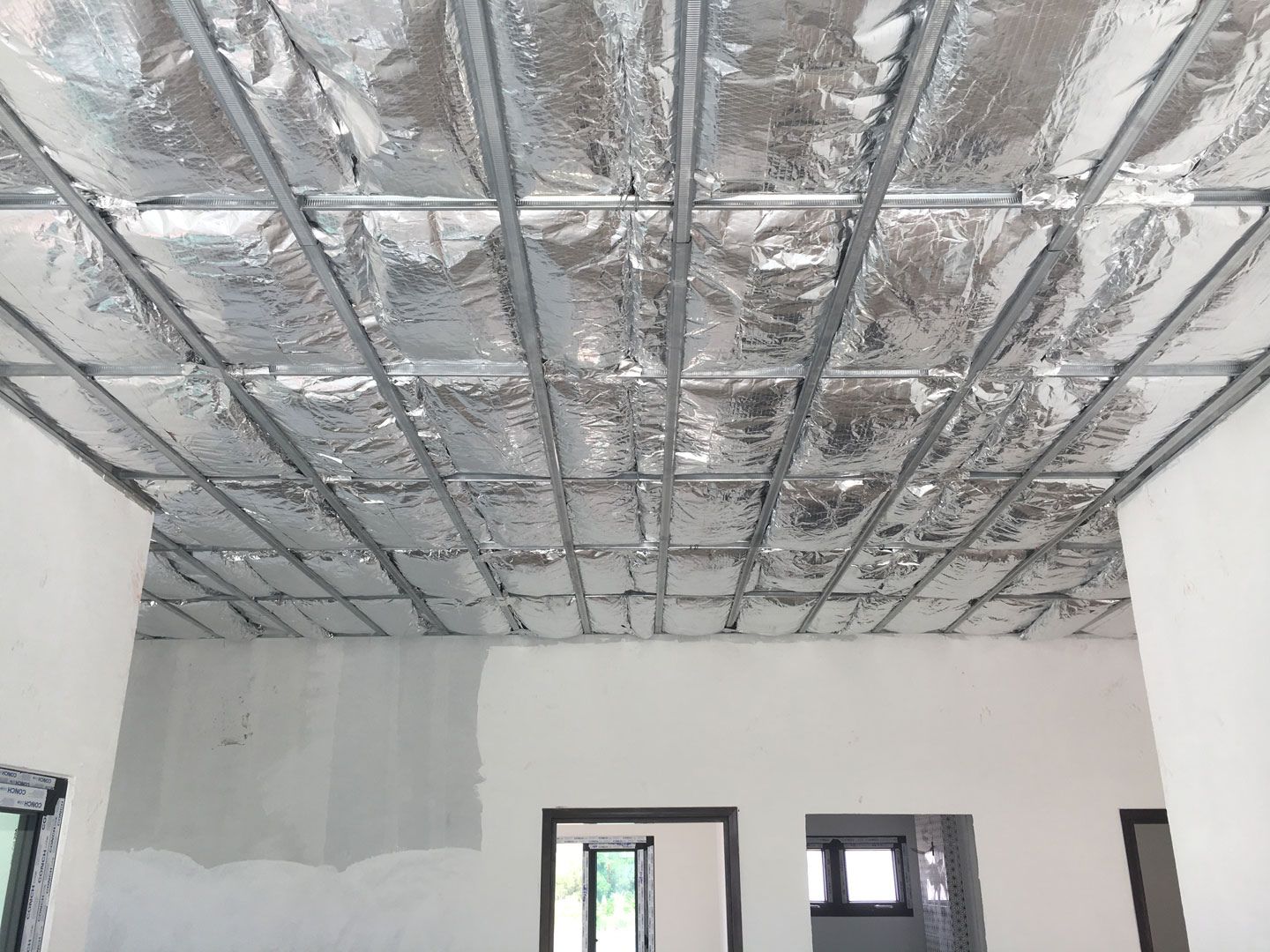
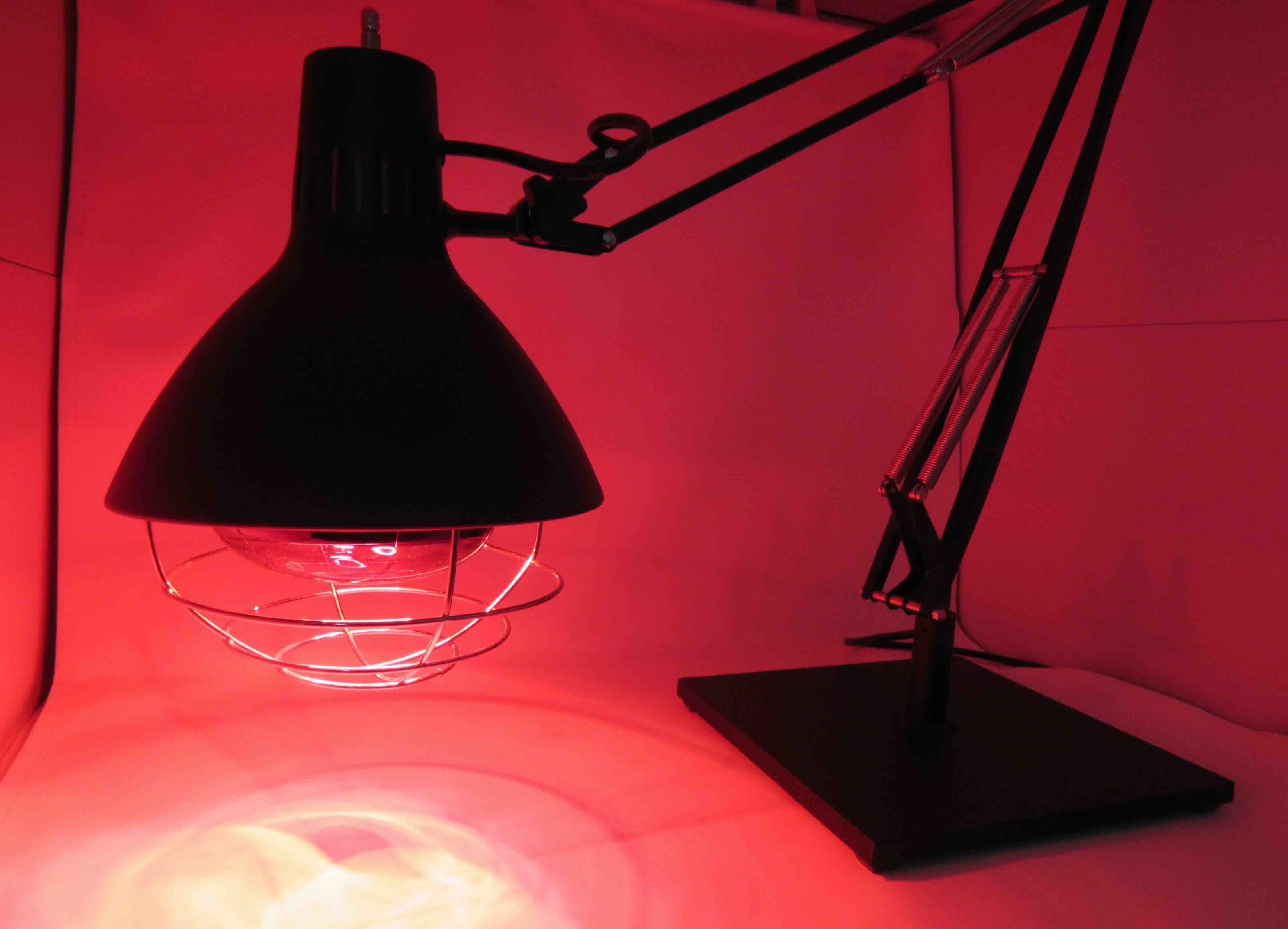
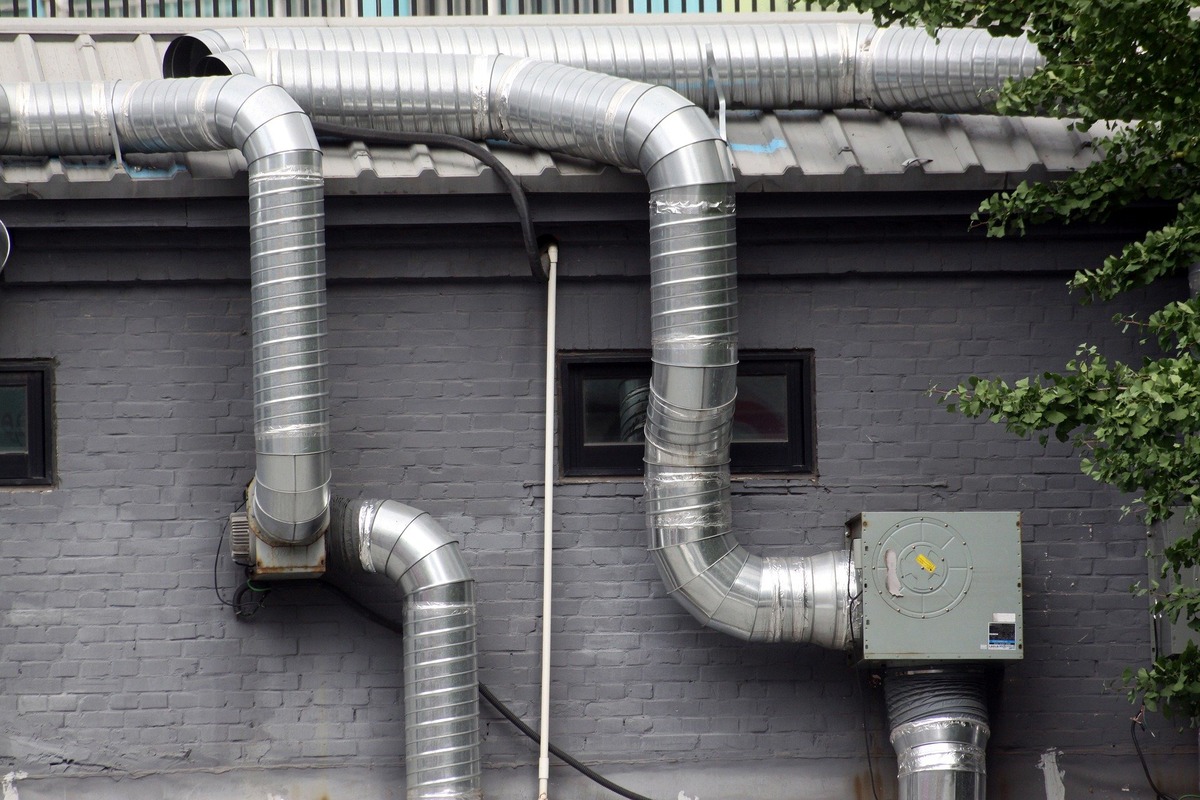
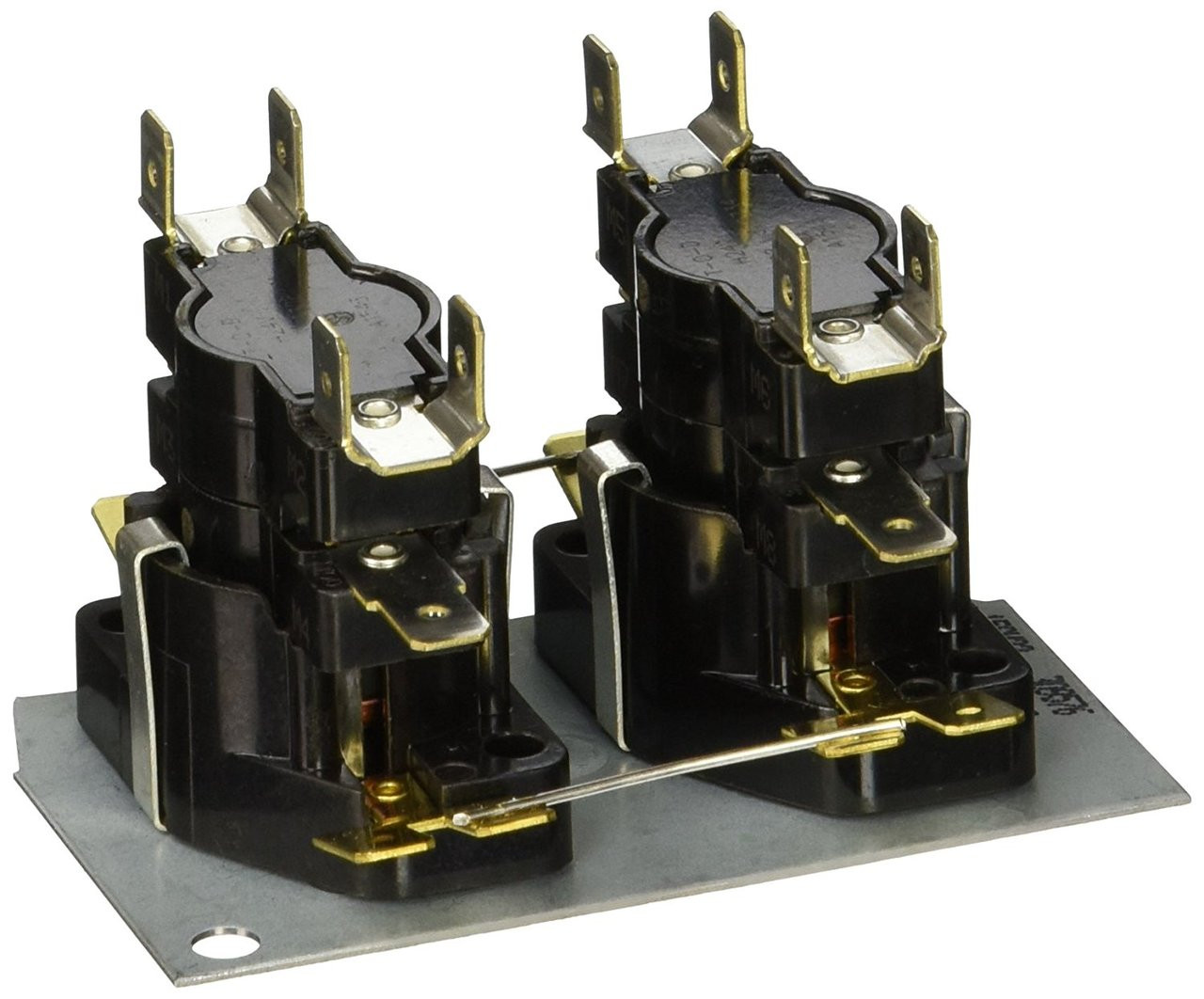

0 thoughts on “What Is Emergency Heat On HVAC”